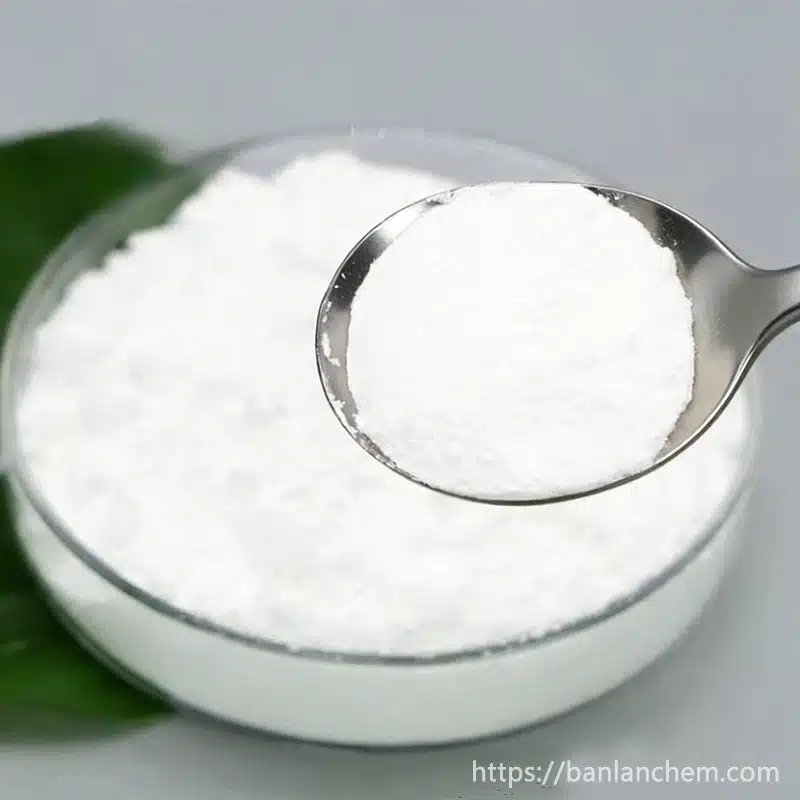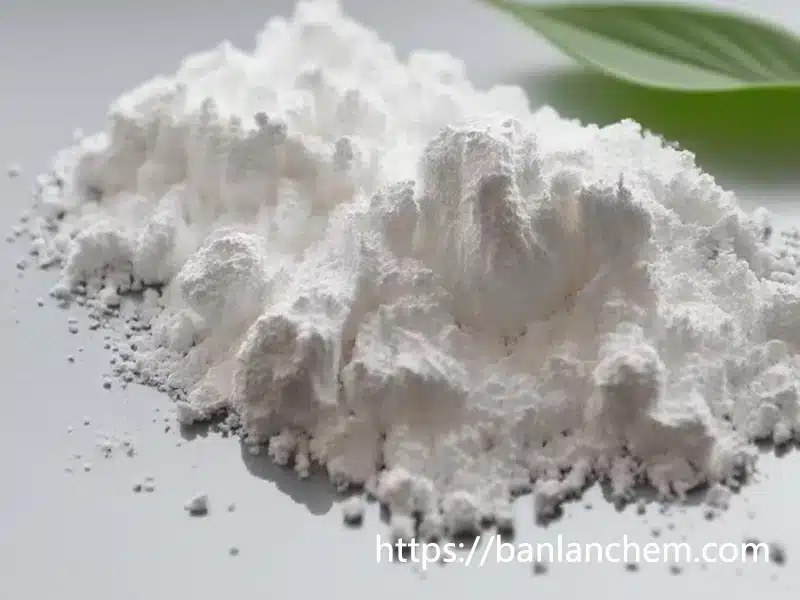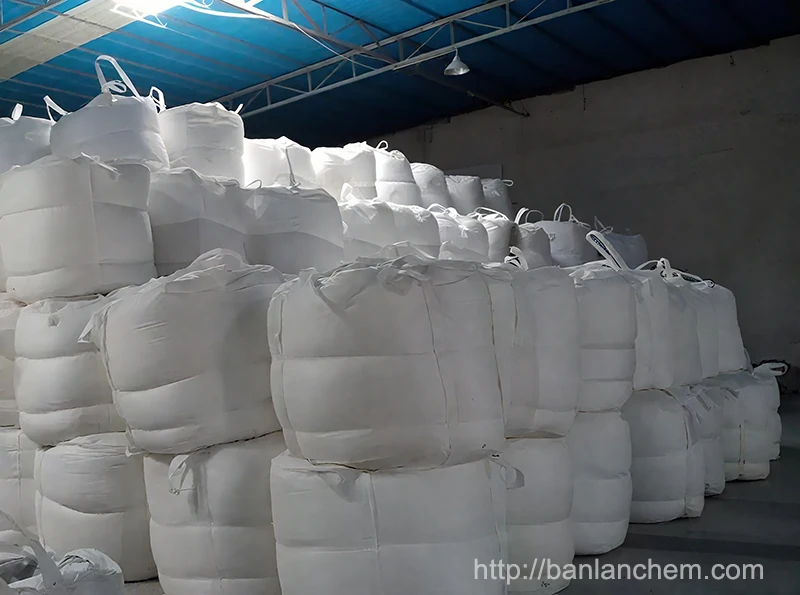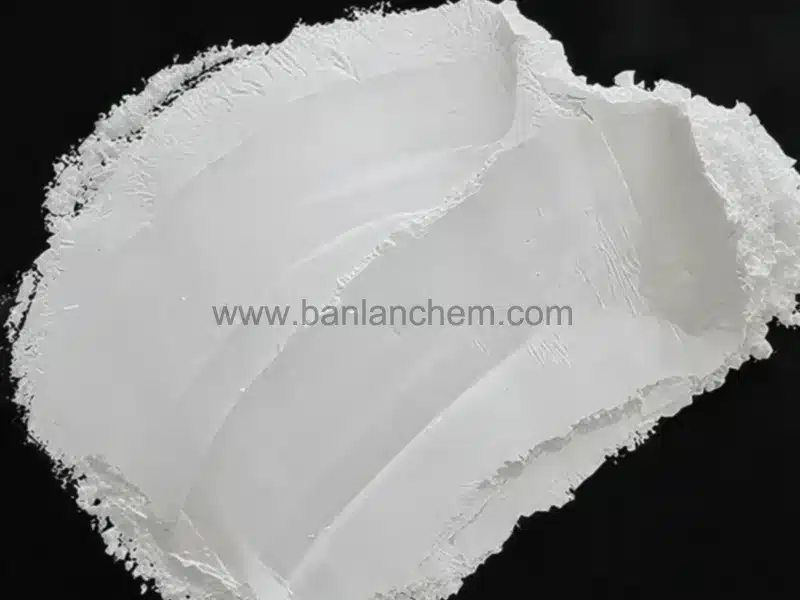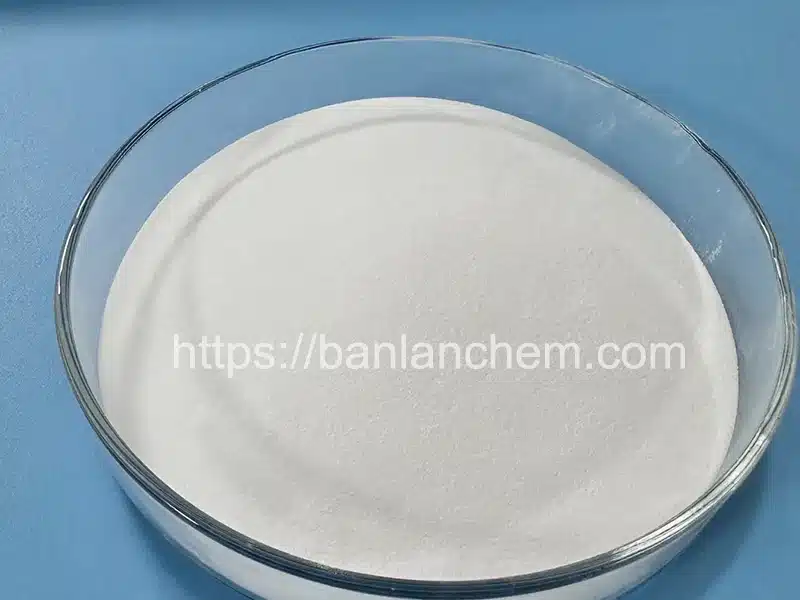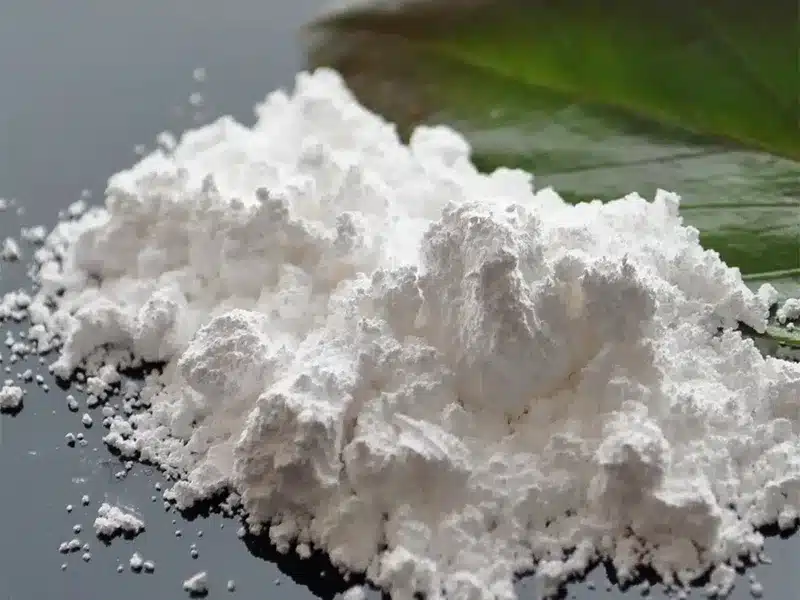What Is The Difference Between Calcined Alumina And White Alumina?
1. What Are They?
White Alumina refers to high-purity alumina with a very bright white appearance. It is made using special purification processes to remove impurities that affect whiteness. The process may include carefully choosing raw materials, chemical treatments, and strict calcination controls.
Calcined Alumina Powder is made by heating industrial-grade aluminum hydroxide or alumina at high temperatures. This process changes its crystal structure to stable α-alumina. The main goal is to create a material with the right structure and properties for industrial use.
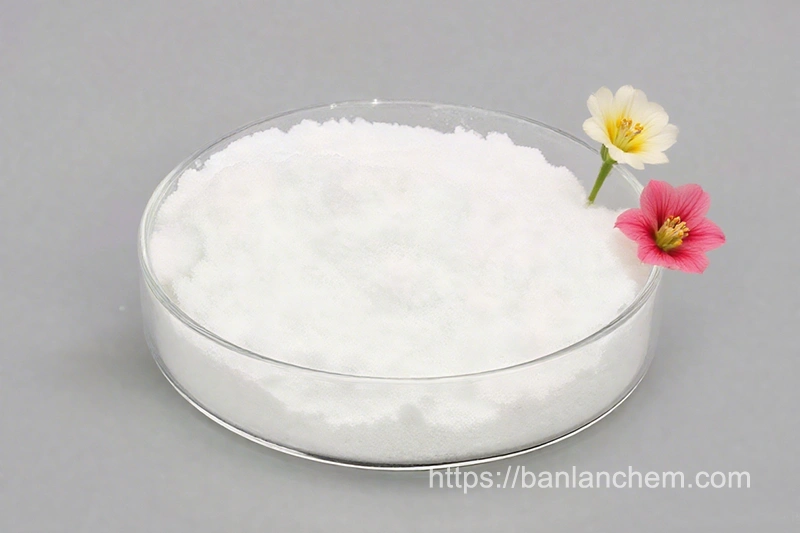
2. Appearance and Physical Properties
Color: White Alumina is known for its bright, clean white color. Calcined Alumina Powder is also white but may vary slightly depending on the raw material and process.
Particle Size: White Alumina usually has a finer and more uniform particle size to meet the needs of high-purity applications. Calcined Alumina Powder can have a wide range of particle sizes, from submicron to micron, depending on its intended use.
Density: White Alumina tends to be slightly denser due to its higher purity and fewer impurities. Its crystal structure is also more compact.
3. Chemical Properties
Purity: White Alumina generally has a purity level above 99.5%, sometimes even higher than 99.9%. Calcined Alumina Powder typically has a purity between 98% and 99.5%.
Chemical Stability: White Alumina is more chemically stable because of its high purity. It is highly resistant to reactions in harsh environments like strong acids or high heat. Calcined Alumina Powder is also stable but may react slightly more under certain chemical conditions.
4. Main Applications
White Alumina is used in high-end applications such as:
- Electronic ceramic substrates
- Semiconductor components
- Catalyst carriers in petrochemicals
- High-whiteness coatings for performance improvement
Calcined Alumina Powder is used in many industries, including:
- Ceramics: To make floor tiles, wall tiles, and wear-resistant parts
- Electronics: As a raw material for integrated circuit boards, ceramic capacitors, etc.
- Refractories: Used in high-temperature ceramics, kiln furniture, and other heat-resistant products
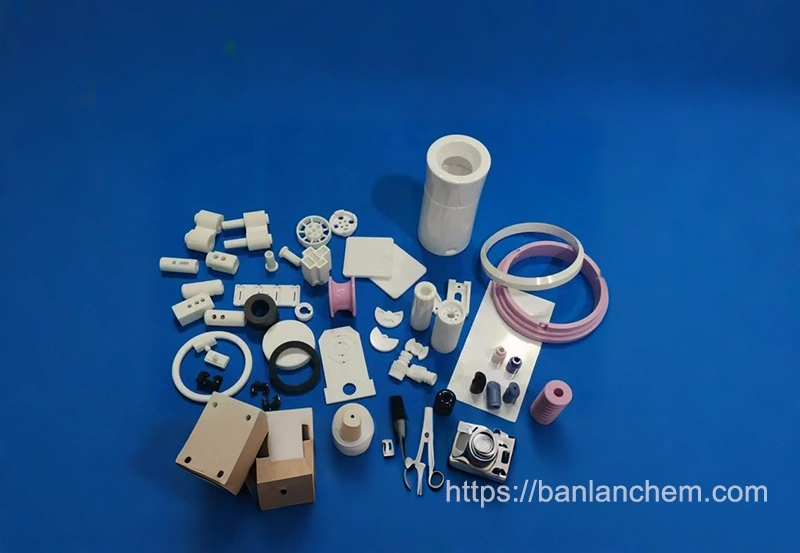
While both White Alumina and Calcined Alumina Powder are forms of Al₂O₃, they serve different purposes due to their differences in purity, appearance, and performance. White Alumina is cleaner, more stable, and better suited for advanced technical applications. Calcined Alumina Powder is more versatile and widely used in ceramics, electronics, and refractory materials.
Linyi Banlan Chemical Technology Co., Ltd. is a national high-tech enterprise integrating scientific research, production, sales and technical service, focusing on the research, development and manufacture of high-quality alumina series products. As a strategic cooperation enterprise of Chalco Group, the company relies on strong technical resources and advantages of production, learning and research to provide global customers with high-performance alumina hydroxide, activated alumina, Calcined Alumina, 4A zeolite, pseudo-zeolite and other products, which are widely used in the fields of wires and cables, architectural ceramics, catalyst carriers, water treatment, refractory materials and so on.


